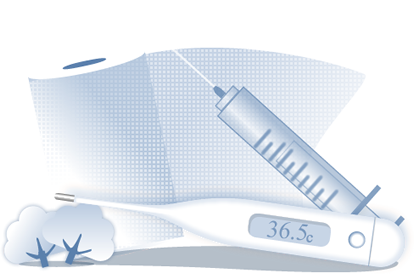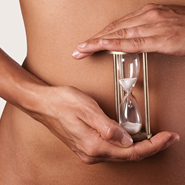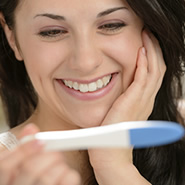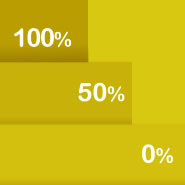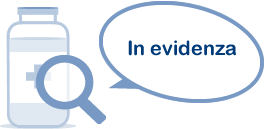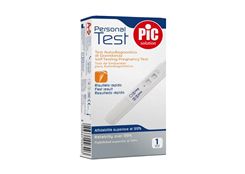
Donor conception: parents thanks to a "gift"''
For ten years, from 2004 to 2014, donor conception, a type of assisted fertilization using gametes from a third-party donor, was banned in Italy under law no. 40. Today it is allowed, provided certain requirements are met.
There are various reasons for undergoing donor conception: for example both partners may be infertile, or there may be a risk of transmitting a genetic pathology. In these cases, it may be possible to use assisted fertilization using eggs or sperm from a third-party donor. If both parties are infertile, there will be 2 donors.
Law no. 40 gave the red light to donor conception
For nearly eleven years, from 2004 to 2015, donor conception was banned in Italy by law no. 40, which was designed to prevent eugenics. This precaution stopped parents from obtaining made-to-measure children with features such as eyes, hair and body type chosen from a catalogue of donors with the right characteristics.
Donor conception before law no. 40
Before the approval of law no. 40 in 2004, donor conception was legal, though only in the private sector and provided the donor was anonymous and received no financial benefit. Then, thanks to a series of court of cassation judgments in which couples claimed this form of fertilization as a right, the coup de grâce was delivered in 2014 by constitutional court judgment no 162, which declared law no. 40 unconstitutional.
Donor conception: meeting all the requirements
Couples must meet a series of requirements before receiving donor conception. They must be legal adults, and married or living together in a stable relationship. The service is free or subject to a small fee, provided the woman is under 43. Until this age, the national health service funds a maximum of 3 cycles; after that, the couple has to pay.
Donor wanted
Specific requirements also apply to donors: men must be aged 18 to 45, and women 18 to 35. Couples who already have eggs or gametes abroad may import them to Italy through the center where the fertilization takes place. Each donor may assist with a maximum of 10 births.
Donors are anonymous, but traceable
The donor must remain anonymous, but a child born in this way may ask for the donor's identity once they reach the age of 25. The donor may accept or decline this request.

